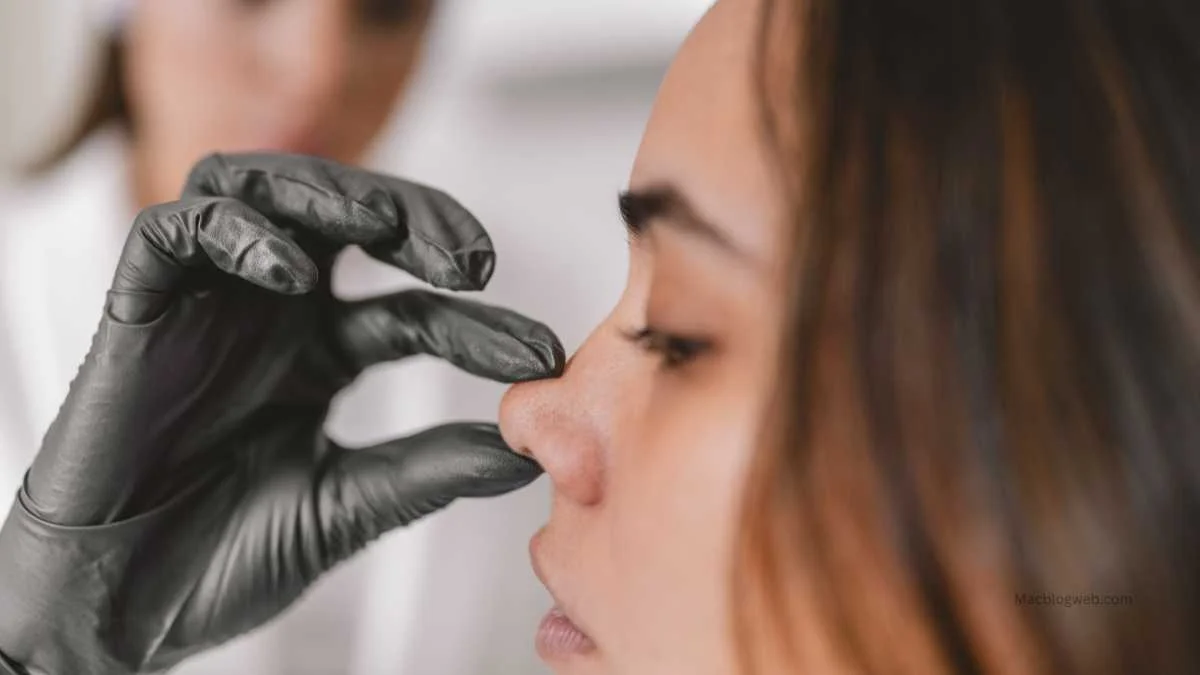The hook nose, also widely recognized as the Roman nose, is a distinctive human facial feature characterized by a prominent bridge that gives it a curved or slightly bent appearance, reminiscent of an eagle’s beak. Deriving its name from the Latin word “aquilinus,” which means “eagle-like,” this type of nose has been a subject of fascination, symbolizing various cultural, social, and historical sentiments across different societies. This comprehensive article delves into the scientific, cultural, and symbolic aspects of the hook nose, debunking myths and exploring its occurrence across various ethnic and geographic groups.
Biological and Genetic Underpinnings
The hook nose is one of the many phenotypic expressions determined by genetic factors. Similar to other facial features, the shape and size of the nose are inherited traits influenced by the genetic makeup of an individual’s parents. The development of facial features, including the nose, is a complex interplay of genetic and environmental factors during fetal development.
There is no single gene responsible for the hook nose; rather, it is the result of polygenic inheritance, which involves multiple genes contributing to the trait. The prominence of the nasal bridge that characterizes the aquiline nose is largely due to the structure and development of the nasal bones and cartilage. Environmental factors, such as injuries or surgery, may also alter the shape of the nose, but the foundational blueprint is largely hereditary.
Cultural and Historical Perceptions
The hook nose has been admired, romanticized, and even revered in various cultural contexts throughout history. In classical art and sculpture, prominent figures such as Julius Caesar and Alexander the Great are often depicted with strong, aquiline profiles, reinforcing associations with leadership, bravery, and nobility. This admiration carried into the Renaissance and beyond, influencing artistic depictions of historical and mythological figures.
In literature and film, the hook nose has often been used as a physical marker to denote certain character traits such as wisdom, determination, and sometimes, cunning. The distinct shape of the nose makes it a useful feature for artists and writers to convey personality traits and emotional states of characters in a non-verbal manner.
Racial Typology and Misconceptions
Throughout the 19th and early 20th centuries, the field of racial typology often misused physical traits like the hook nose to classify and make assumptions about people. Anthropologists and racial theorists of the time, such as William Z. Ripley and Jan Czekanowski, attributed the aquiline nose to specific races or ethnic groups, claiming it was particularly prevalent among the Arab, Armenoid, Mediterranean, and Dinarid races.
Such classifications were part of broader, now largely discredited, theories that attempted to correlate physical characteristics with behavioral traits or intellectual capabilities. Modern science recognizes that such racial categorizations are simplistic and not supported by genetic evidence. Human genetic diversity does not conform neatly into such racial classifications, and physical traits like the aquiline nose are found across many different populations without any inherent link to personality or intelligence.
Social Implications and Modern Considerations
In contemporary society, the perception of the aquiline nose continues to vary between cultures. In some societies, it is seen as a mark of beauty and distinction, while in others, it may be a reason for aesthetic concern leading individuals to seek cosmetic modifications.
The field of cosmetic surgery has seen numerous individuals opting to alter the shape of their aquiline noses through rhinoplasty, often seeking a nose that aligns more closely with prevailing beauty standards, which can be influenced by cultural and media portrayals of beauty.
Conclusion: hook nose
The hook nose is a testament to the diversity of human phenotypes and the complex tapestry of genetics that contributes to our physical appearance. While historically it has been enveloped in myths and stereotypes, modern science provides a clearer understanding that transcends outdated notions of race and beauty. In examining the aquiline nose through the lenses of genetics, history, and culture, we gain a deeper appreciation for the variety and richness of human biology and the way in which physical attributes are woven into the fabric of societal values and personal identity. The ongoing dialogue about facial features and aesthetics reflects broader conversations about diversity, acceptance, and the definition of beauty in a globalized world.








